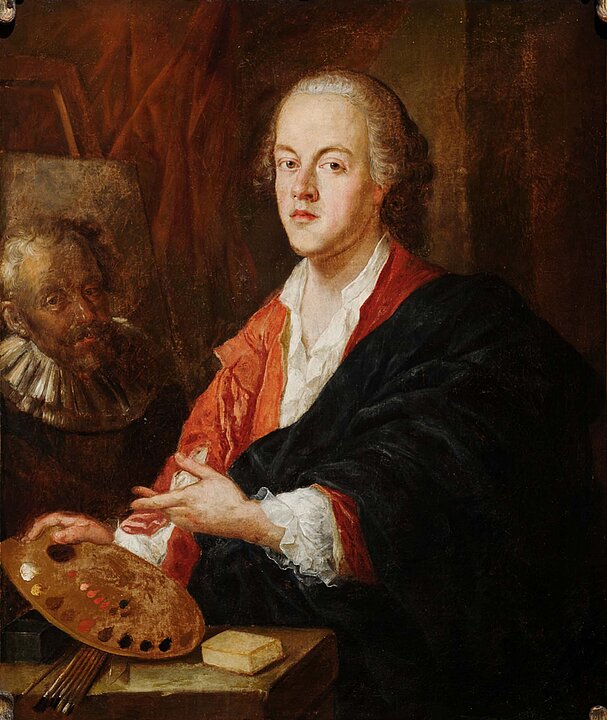The period of Emperor Joseph II (ruled 1780–1790) is the time of the Enlightenment and tolerance. The Catholic church remains the formative religious force but it loses its monopoly; numerous monasteries are abolished. Protestants receive, albeit restricted, their freedom of belief. The need for altarpieces remains high. Satisfying it is Martin Johann Schmidt, known as “the Kremser Schmidt”. He leaves behind an extensive, multifaceted body of work which deals with spiritual and worldly matters.
Leading models are the great masters like Rubens and Rembrandt. A new fashion emerges: “Rembrandtisation”, as practised by Johann Georg Edlinger from Graz throughout his life. Angelika Kauffmann, who becomes a painter star in London, takes van Dyck’s art as her model: The Vandyke manner. In Vienna, Johann Baptist Lampi the Elder develops a new portrait style: The Habsburg court, too, now appreciates naturalness and grace. Courtly representation combines with bourgeois sentimentality. The change in taste heralds a new era.




















